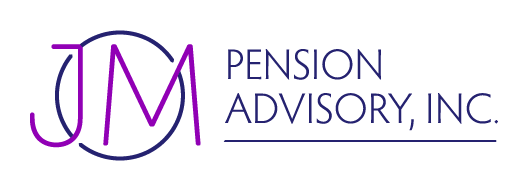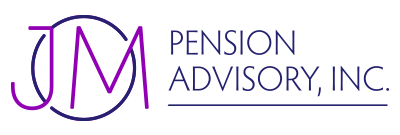Retirement Plan Loans
Offering a comprehensive benefits package is crucial for attracting and retaining talented employees. One valuable component is a 401(k) plan, which helps employees save for retirement. A popular feature of a 401(k) plan is the ability for an employee to borrow against his/her account.
Advantages of offering loans in your company’s retirement plan include:
Offers an attractive alternative to employees who may otherwise turn to high-interest credit cards or personal loans for their short-term financial needs.
Employees are more likely to contribute regularly to their plan knowing that they can use their funds as a resource if needed for short-term financial emergencies.
Requesting a loan is relatively simple and quick with little to no documentation required
What are the rules governing retirement plan loans?
The individual requesting the loan must have an account balance since he/she is borrowing from his/her own account.
The participant should be an active employee (you may offer loans to terminated employees with an account balance, but that creates additional administrative issues for repayment of the loan).
The maximum loan amount is one-half of the participant’s vested account balance, not to exceed $50,000 (may be less than $50,000 if the participant has or had a loan in the prior twelve months).
The minimum loan amount is generally $1,000 (meaning, the participant’s vested account balance should be equal to or greater than $2,000 if requesting a loan).
The length of the loan cannot exceed five years. The plan may allow a longer term for loans used to purchase a primary residence, but this is a feature your plan must allow.
The loan should be repaid through payroll (on an after-tax basis only). The plan may allow payments to be made outside of payroll. These must be made at least quarterly.
It is uncommon to allow a participant to continue to repay the loan after termination of employment.
Under certain circumstances, a loan may be refinanced.
The plan will dictate how many outstanding loans a participant may have at any given time (best practice is no more than two);
Interest is set at the time of the loan and is usually prime plus 1% or 2%. This will be determined in your plan document.
The loan can be restricted to financial need or sources that may be used toward the loan.
If the loan is not repaid in accordance to its terms, the loan is considered in default. Once the loan is considered in default, the outstanding balance is taxable in the year of default.


